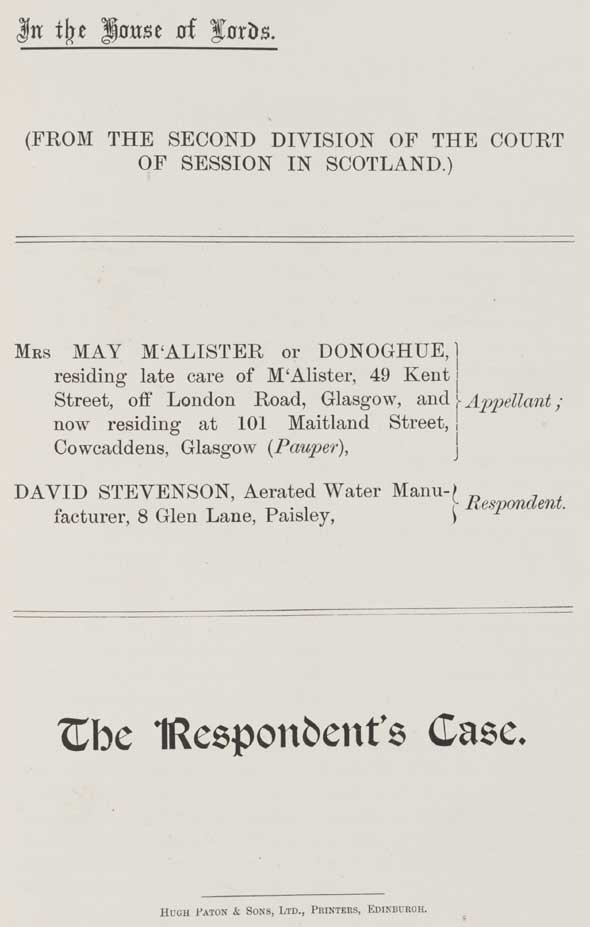

Harding, which was decided by the Supreme Court of Illinois in 1966. Complaint Example Involving an Unverified Criminal ComplaintĪn example of a complaint being the central issue of a case before a state’s Supreme Court is The People v. The relief could be monetary or non-monetary in nature. Demand for Relief – Finally, in this section, the plaintiff describes the kind of relief he is seeking in filing the lawsuit.Injury – In this section, the plaintiff explains how the alleged actions of the defendant have caused him harm.Each cause of action is accompanied by “counts,” which is a numbered list of allegations made under the law. Causes of Action – This is where the plaintiff lists his reasons for bringing the action, and the law that supports his decision to sue.


The confidentiality of the information within the document may be temporary or permanent. However, if the information contained in the document is to remain confidential, then the court may grant a filing under seal. Documents that are not filed under seal are viewable by the public. When a document is filed under seal, this means that the document will not become part of the public record. Filing Under SealĪn alternative to redacting information in the complaint is to request that the court permit the document to be filed under seal. There should also be a note on the paper to indicate that the information was, in fact, redacted. The person filing the lawsuit should either white-out or black-out sensitive text. Children’s names, if the action involves a minor (initials should be used instead).Social Security numbers (or Tax Identification Numbers).Information that should be edited out of a complaint includes: This includes any exhibits that may be attached to the document as well, which is not regular practice. Plaintiff’s demands for the defendant to follow to make good on what he allegedly did wrongĪccording to the Federal Rules of Civil Procedure (FRCP), any sensitive information should be redacted, or scratched out, before a civil complaint is filed with the court.The facts that led to the lawsuit being filed.The specific laws the defendant allegedly violated.


 0 kommentar(er)
0 kommentar(er)
